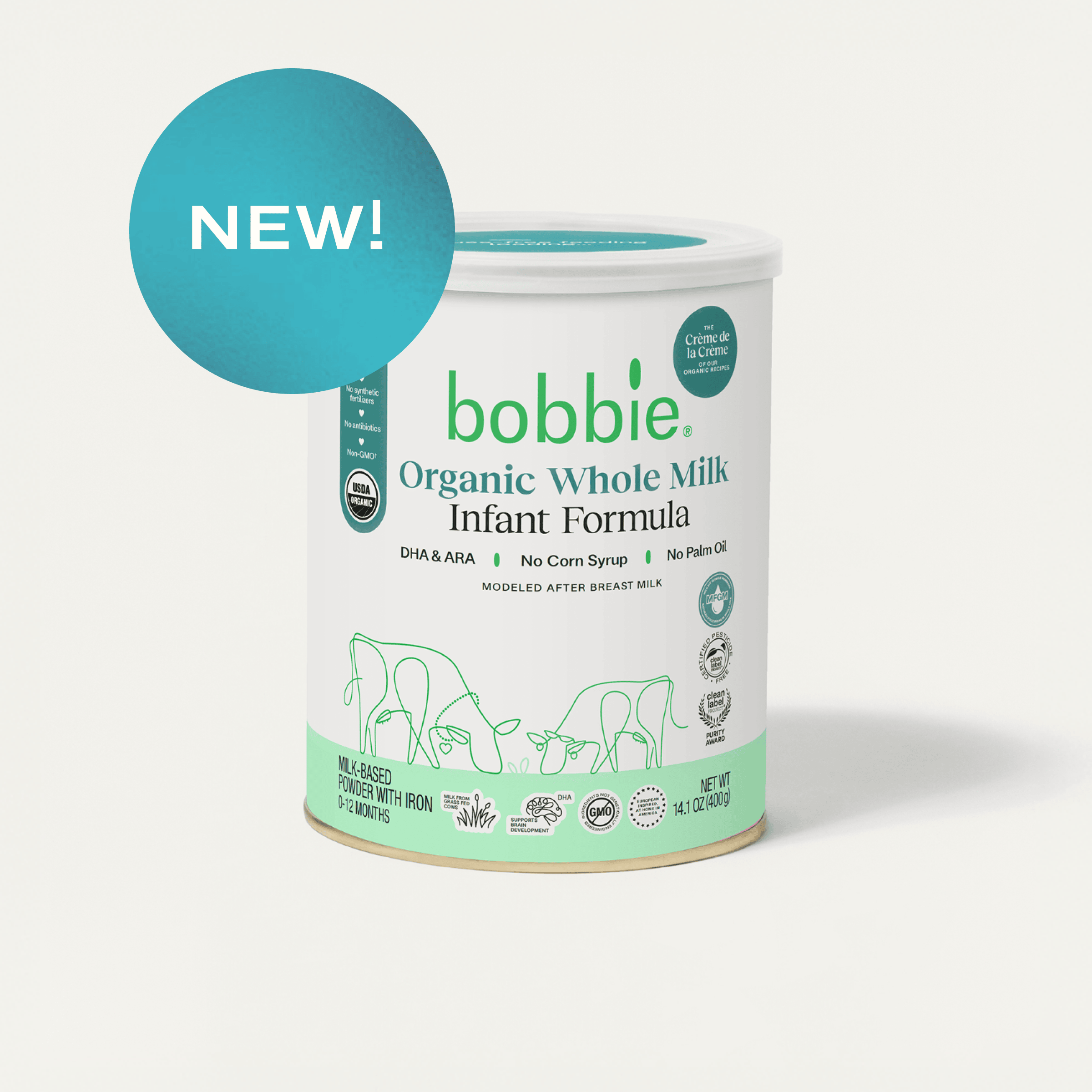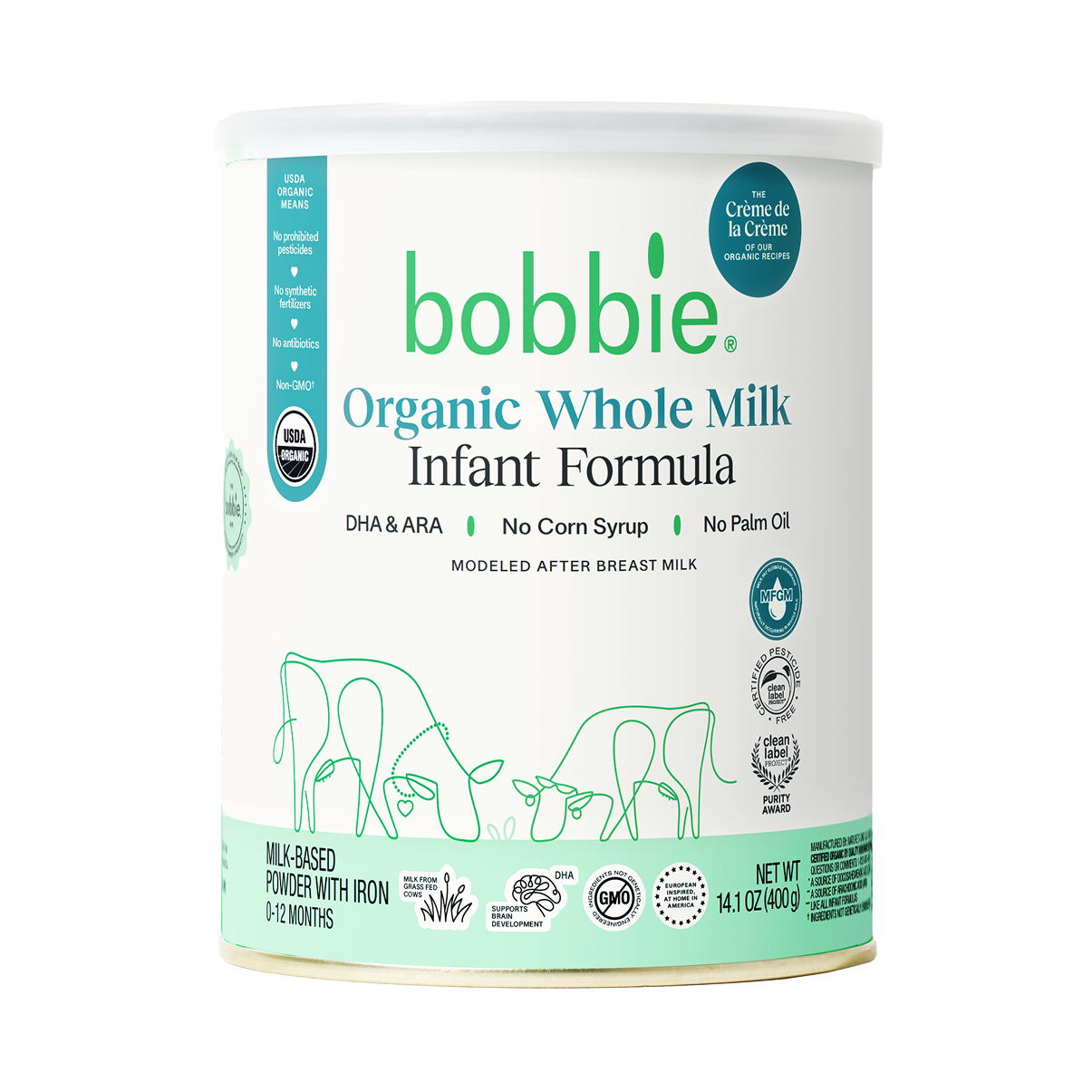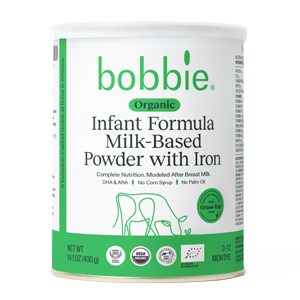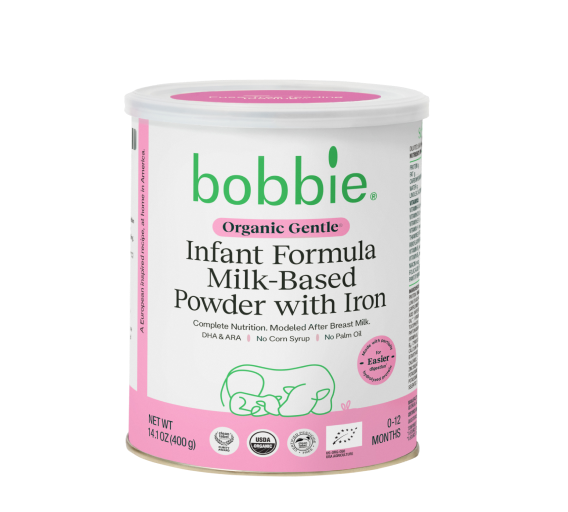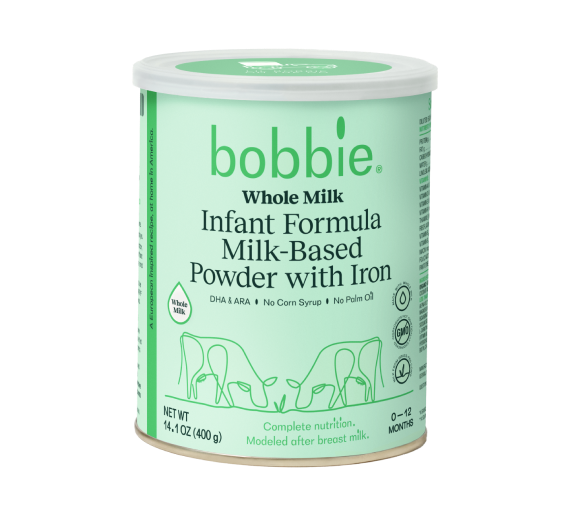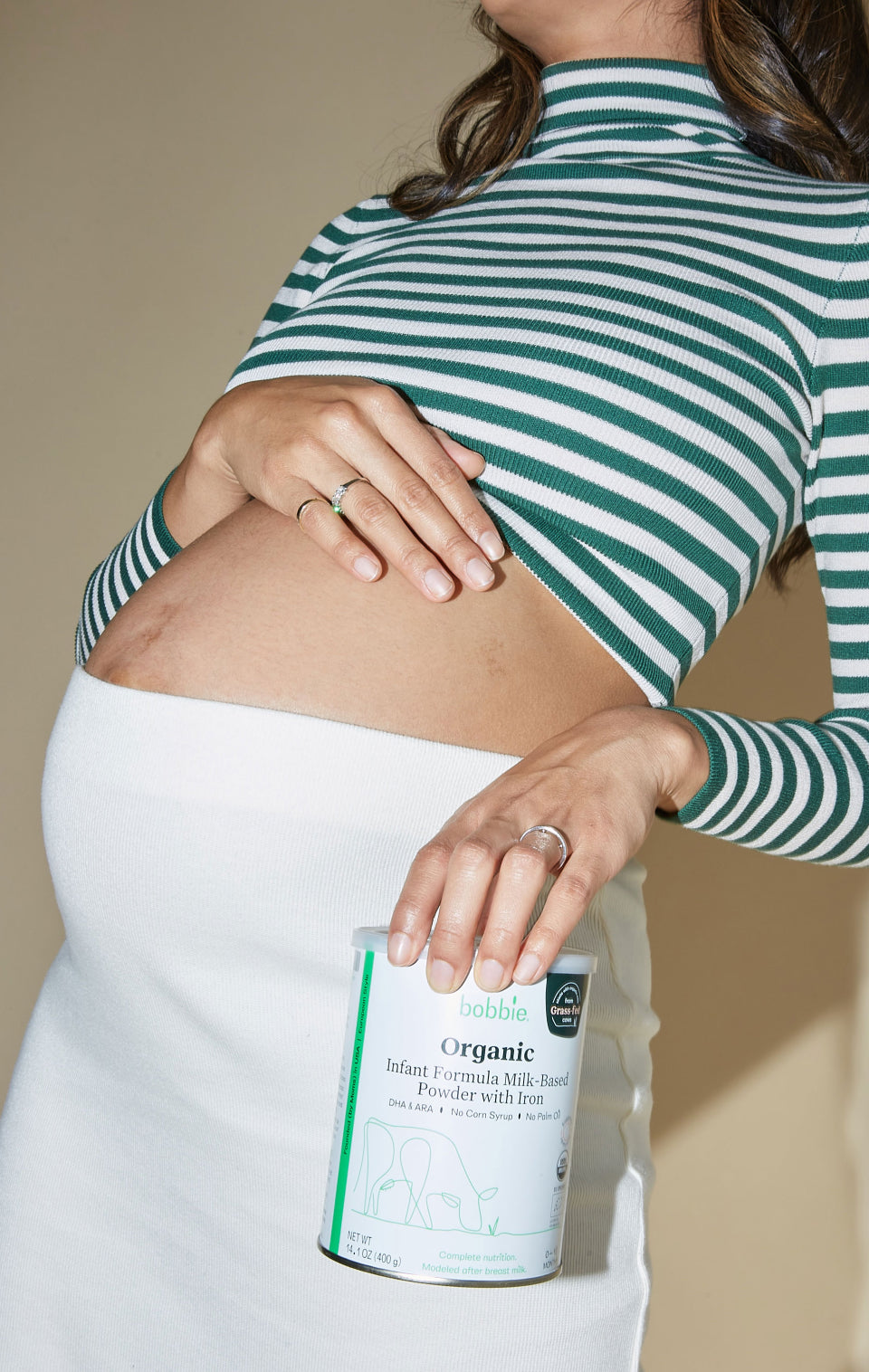Baby Feeding Chart for Year One
How Much Milk Should I Feed My Baby?
The amount of formula your baby needs will likely vary as they grow. A baby feeding chart can help minimize guesswork. The American Academy of Pediatrics recommends that infants consume approximately 24-32 ounces of breastmilk or formula per day during their first year.
If you're mostly breastfeeding and/or combo feeding your baby, your Bobbie journey will look different from what we've listed below. Breastmilk intake can vary substantially from formula intake due to the changing nutrient content of breastmilk as a baby ages. We recommend taking our Formulator Quiz to ensure you're selecting the Bobbie bundle size that's just right for your family.
The amount of formula your baby needs will likely vary as they grow. A baby feeding chart can help minimize guesswork. The American Academy of Pediatrics recommends that infants consume approximately 24-32 ounces of breastmilk or formula per day during their first year.
If you're mostly breastfeeding and/or combo feeding your baby, your Bobbie journey will look different from what we've listed below. Breastmilk intake can vary substantially from formula intake due to the changing nutrient content of breastmilk as a baby ages. We recommend taking our Formulator Quiz to ensure you're selecting the Bobbie bundle size that's just right for your family.
| Babies Age | Daily Volume | Approx. Feeding Frequency | Monthly Bundle Size (14.1 oz) |
|---|---|---|---|
| 1-4 weeks (Newborn) |
6-12 bottles (2-3 fl. oz) |
Every 2-3 hours or according to baby’s hunger cues |
4 cans |
| 1 month |
7-10 bottles (2-4 fl. oz) |
||
| 2 months |
6-8 bottles (3-4 fl. oz) |
Every 3 hours or according to baby's hunger cues |
8 cans |
| 3 months |
5-7 bottles (3-5 fl. oz) |
Every 3 Hours | |
| 4 months |
5-6 bottles (4-6 fl. oz) |
||
| 5 months |
5-6 bottles (5-7 fl. oz) |
||
| 6 to 11 months |
4-5 bottles (6-8 fl. oz) |
Every 3 to 5 hours | 10 cans |
| 12 months |
3-4 bottles (8 fl. oz) |
Every 4 to 6 hours | 4 cans |
To prepare Bobbie formula, add one unpacked, level scoop of powder for every 2 fl. oz. of warm water. Always add water first, then powder, and shake to mix thoroughly. These recommendations are based on normal growth patterns for healthy term infants and are provided as general guidance to estimate how much Bobbie to order, always consult your infant’s healthcare provider to ensure your child's unique needs are being met.
Organic baby formula, modeled after breast milk.
FIND YOUR bobbie FORMULA
Choose from four complete nutrition, breast milk-inspired baby formulas.
Don’t know where to start? Take our quiz
-
Link to Organic Whole Milk Infant Formula Starter Bundle page


Organic Whole Milk
Infant Formula$28 $25.20/can
-
Link to Organic Original Infant Formula Starter Bundle page


Organic Original
Infant Formula$25 $22.50/can
-
Link to Organic Gentle® Infant Formula page


Organic Gentle®
Infant Formula$30 $27.00/can
-
Link to Grass-fed Whole Milk Infant Formula page


Whole Milk
Infant Formula$23 $20.70/can
Formulas so clean, we win awards for them.
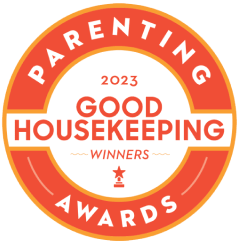
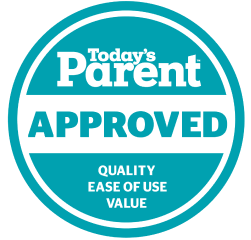
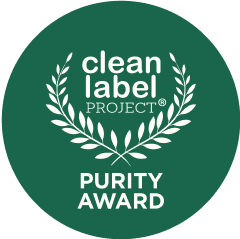
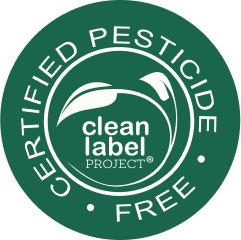

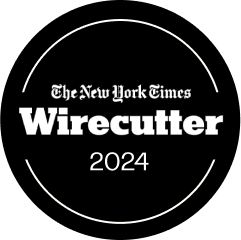
We wanted our best formula option for our babies... so we made it!
|
|
|
|
|---|---|---|
|
|
||
|
USDA Organic
|
|
|
|
EU Organic
|
|
|
|
Grass fed milk
|
|
|
|
EU-recommended
DHA Levels |
|
|
|
60:40 whey:casein
|
|
|
|
no soy allergens
|
|
|
|
No palm oil
|
|
|
|
Subscription
|
|
|
|
FDA Compliant
|
|
|
|
Domestic Manufacturing
|
|
|
|
Mom Founded and Led
|
|
|
Subscribe, Sip, Save 10%
Get the best value by subscribing to Bobbie.
FAQs
There are several factors to consider when choosing a formula, including your baby’s tolerance, your budget, quality indicators (i.e., is organic important to you?), and a formula’s availability. To help us guide you in the right direction and give you a personalized recommendation, check out our Formulator feeding quiz at this link.
A baby’s eating habits are as unique as any of their other features! The frequencies provided on this feeding guide are just that—a guide. If you’re concerned that your baby is eating too frequently, or not frequently enough, please consult with your pediatrician. A variety of feeding frequencies can be normal and may not be cause for concern so long as your baby is gaining weight appropriately and is meeting developmental milestones as expected.
As with frequency, the volume a baby eats during each feeding can vary widely from baby-to-baby! While the AAP recommends infants consume roughly 24-32 ounces of formula or breast milk per day during the first year, how much an infant eats at each feeding isn’t always consistent. If you’re concerned that your baby is eating too much, or not eating enough, please consult with your pediatrician.
Overfeeding is more likely to happen with bottle-fed babies than breastfed babies. Signs of overfeeding may include:
- Increased reflux or vomiting
- Gas or other digestive discomfort
- Weight gain that accelerates more quickly than expected, based on developmental percentile charts
If you’re concerned that you may be overfeeding your baby, please consult with your child’s doctor to discuss feeding volume, frequency, and symptoms you may be noticing.
Infants need to eat frequently—not only because they have a smaller stomach capacity, but also because they are growing at a more rapid rate than they will at any other time in their lives! Babies need adequate calories, fat, and other nutrients to grow. Signs of underfeeding may include:
- Lethargy or excessive sleepiness
- Dehydration (dry mouth, sunken in fontanelle aka ‘soft spot’ in the skull
- Slower than expected weight gain
- Fewer than expected daily wet and/or dirty diapers
If you’re worried that your baby may not be eating enough, please discuss with your child’s doctor to evaluate feeding volume and frequency, and eliminate possible medical conditions that can contribute to slow weight gain.
Tap Water
✅ Usually perfectly fine
✅ Convenient and economical
❓ Ask your pediatrician or local health department if you have concerns
Bottled Water
✅ Can be a good backup option
❓ Check expiration dates (yes, water can expire!)
⚠️ Not all bottled waters are created equal—avoid mineral or sparkling varieties
Distilled or Purified Water
✅ Both are completely fine to use
✅ Ready to use without boiling
✅ Good option when traveling or if tap water quality is questionable
The Temperature Sweet Spot
For optimal formula reconstitution, warm water to 100°F (38°C). This temperature helps the formula dissolve properly and ensures all those nutrients mix perfectly. Not too hot, not too cold—just right for baby's belly and the formula's chemistry.
The Golden Rule
ALWAYS follow the mixing instructions on the formula container.
Formula is scientifically designed with specific water-to-powder ratios.
Check out this article for more details about choosing the best water for your baby.
Complete Guide to Formula Feeding: Water & Preparation
Water Options
✅ Tap water: Safe if your local water supply is reliable
✅ Bottled water: Distilled or purified water work perfectly (no need for special "nursery water")
✅ Temperature: Warm to 100°F (38°C) for optimal formula dissolution
Water Safety
🔥 Boiling Instructions (When Needed)
If your pediatrician recommends sterilizing drinking water or formula, the CDC provides these boiling guidelines:
- Bring distilled or tap water to a rolling boil.
- Bring to a rolling boil for no more than one minute.
- Remove from heat and let the boiling water cool for five minutes.
- Mix the cooled boiled water with your powdered formula.
Formula Preparation
Step 1: Wash Your Hands 🧼
- Thoroughly wash with soap and water
- Clean preparation surface
- Ensure bottles and nipples are clean
Step 2: Add Water to the Bottle First 💧
- Water always goes in before powder for accurate measurement
- Use one scoop for every 2 oz of water
Step 3: Measure the Powder Correctly 📏
- Use the scoop provided with your formula
- Drag scoop through powder (don't dig or pack)
- Gently tap to settle
- One level scoop per 2oz of water
Step 4: Add Powder to Water
- Add correct number of scoops based on the water amount (1 level scoop for every 2oz of water)
Step 5: Mix Thoroughly 🔄
- Shake, stir, or swirl until completely dissolved
- For fewer bubbles: stir instead of shake, or let sit briefly
Step 6: Storage Safety ⏰
- After feeding begins: Use within 1 hour
- Prepared but unused: 2 hours at room temperature
- Refrigerated: Up to 24 hours
- Warmed bottle: Must use within 1 hour, cannot be saved
⚠️ Always discard leftover formula after feeding – bacteria from baby's mouth contaminate the bottle.
Have more questions or want to dive deeper? Check out this article to help with tips and tricks plus FAQs about bottle making.
Every baby is different, but we recommend a full transition to Bobbie from day 1! We don’t recommend mixing formulas since it could complicate what must go through your baby's sensitive digestive system! Here are some best practices for transitioning:
- Introduce a new formula in the morning so you can keep an eye on your baby throughout the day
- Remember that it can take your baby around a week to fully adapt to a new formula (in the meantime, you may notice changes to poop schedule or texture, color, grunts, or spit-up)
- Chat with your pediatrician before making the switch to ensure a smooth transition!
Here’s a quick video from our team on switching your baby to Bobbie. Also, check out this article on transitioning from our blog, Milk Drunk!
You can store a freshly prepared and untouched bottle of Bobbie at room temperature for up to 2 hours or in the refrigerator for up to 24 hours. Once feeding has begun, discard the bottle after 1 hour. Don’t refrigerate leftover formula to save it for later.






